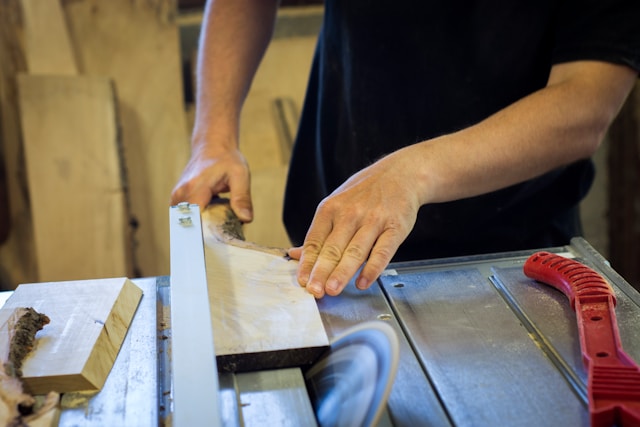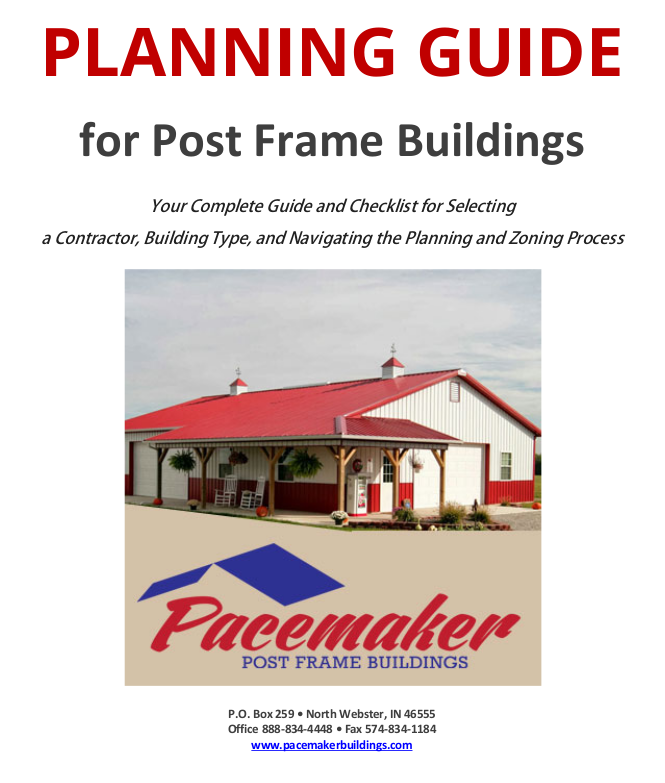
A post frame building is the ideal solution for anyone dreaming of a dedicated space to pursue their hobbies, tackle DIY projects, or even run a small business. Its versatile design, cost-effectiveness, and speed of construction make it an excellent choice for a workshop.
At the same time, turning that dream into the best reality requires careful planning and a solid understanding of the key elements that will make your space both functional and inspiring. In this resource article for post frame workshops, we’ll share the key planning steps.
1. Plan for Your Purpose (and the Future)
The first step in building your workshop is to define its primary function.
Will you be a woodworker, an auto mechanic, a craftsperson, or a metal fabricator? The answer to this question will influence every other decision, from the size and layout to the electrical and ventilation needs. For example, an auto enthusiast’s workshop may need a high ceiling to accommodate a car lift, while a woodworker will require a system for dust collection.
When you’re planning, think beyond your immediate needs. Post frame buildings are highly adaptable and can be easily expanded later. Consider a slightly larger footprint than you think you need, or plan for a loft space for future storage or an office. This foresight can save you time and money down the road.
2. Design with an Eye for Efficiency
The interior layout is where your workshop truly comes to life. A well-designed space enhances productivity and safety. Consider these key design elements:
- Zoning: Create specific zones for different activities, such as a “clean” area for design and assembly and a “dirty” area for cutting and sanding.
- Workflow: Arrange your workstations and equipment to create a logical flow. Minimize backtracking by placing tools and supplies near where they will be used.
- Storage: Ample storage is crucial. Utilize heavy-duty shelving, pegboards, and built-in cabinetry to keep your tools organized and your workspace clutter-free. Mobile carts are also an excellent way to keep frequently used items accessible while maintaining flexibility.
- Lighting: Proper lighting is essential for safety and precision. A combination of overhead LED lights and task lighting at each workstation will provide bright, shadow-free illumination.
3. Don’t Overlook Structural and Material Choices
While post frame construction is known for its simplicity, a few key decisions will impact the durability and longevity of your workshop:
- Foundation and Flooring: A concrete slab is highly recommended for a workshop. It provides a clean, durable, and dry surface that can handle heavy equipment and potential spills. Ensure the site has good drainage to prevent water issues.
- Insulation and Climate Control: To make your post frame workshop comfortable year-round, invest in proper insulation. This will help regulate the temperature, reduce energy costs, and protect your tools and materials from moisture and extreme temperatures.
- Ventilation: Good air quality is paramount, especially if you’re working with paint, solvents, or woodworking dust. Natural ventilation through windows and doors can work for some projects, but consider a mechanical ventilation system for more demanding applications.
- Doors and Windows: Choose doors and windows that meet the specific needs of your workshop. A large overhead or sliding door is essential for moving large equipment or vehicles, while strategically placed windows can provide natural light and airflow.
4. The Fun Part: Adding Style and Personal Touches
Beyond functionality, your workshop should be a space that inspires you. This is where you can infuse your personality into the design. Consider these ideas:
- Exterior Aesthetics: Post frame buildings can be customized to fit any style, from a rustic look with board-and-batten siding to a modern, minimalist design with clean lines and dark metal siding. A two-tone exterior, a cupola, or a wrap-around porch can add character and visual appeal.
- Interior Finishes: Don’t limit yourself to unfinished walls. You can finish the interior with drywall, plywood, or other materials to create a polished look. A polished concrete floor is both durable and stylish.
- Unique Features: Incorporate features that are specific to your passion. This could be a designated car lift, a soundproof booth for an air compressor, or a custom workbench with built-in storage.
Building a post frame workshop is a rewarding project that provides a dedicated space for your passions. By focusing on careful planning, efficient design, and thoughtful material choices, you can create a workshop that is not only functional but also a true source of pride and inspiration for years to come.
